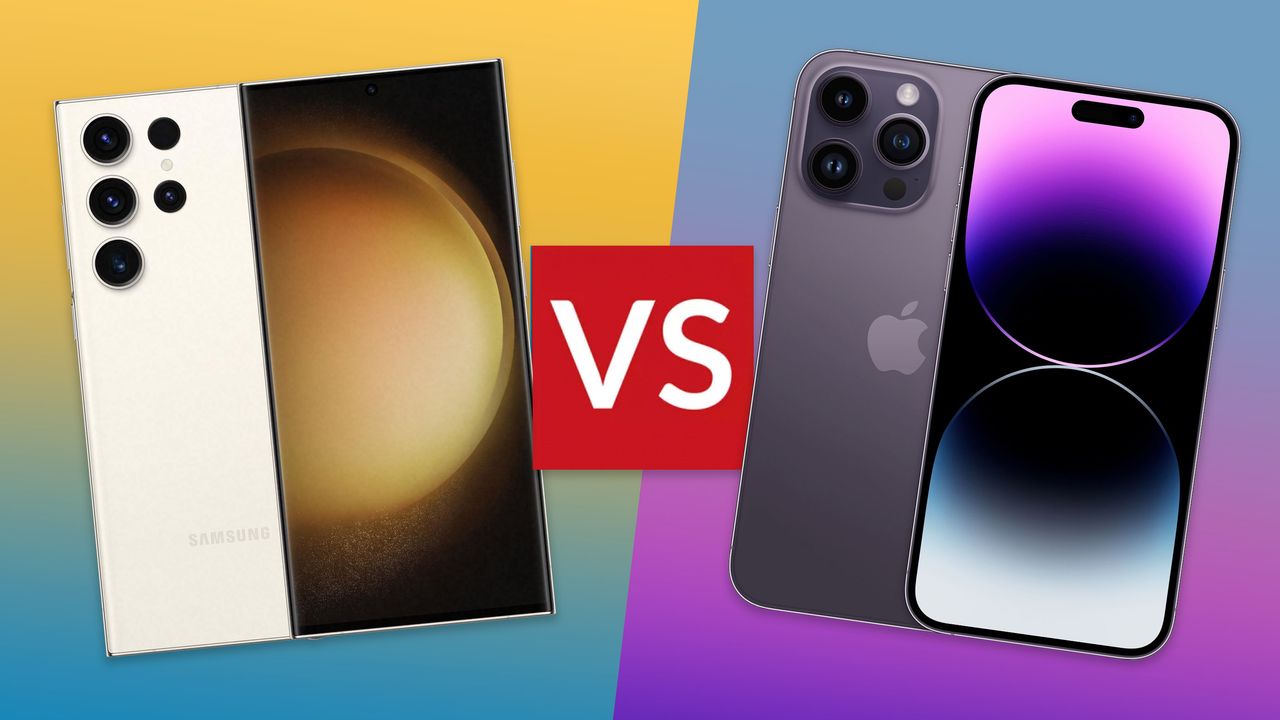
When it comes to the best phones you can buy, there are two names that will instantly spring to mind. For years now, the iPhone has done battle with top Samsung phones, pitting against each other in terms of hardware and software to offer the best all-round package.
In 2023, the latest handsets from both brands look set to continue that battle. We already know the iPhone 14 Pro Max fairly well. Released in September 2022, the model won widespread acclaim from consumers, even leading to a shortage around Christmas.
The Samsung Galaxy S23 Ultra is the Korean tech giants' answer. It's a similar format – a large handset with top specs and a healthy price tag to match. The S23 Ultra represents the absolute pinnacle of Samsung's phone manufacturing capabilities – but is it better than the Pro Max? Let's find out.
Galaxy S23 Ultra vs iPhone 14 Pro Max: Price
Let's start with arguably the most important aspect of any handset – cost. The iPhone 14 Pro Max starts at £1,199 / $1,099 / AU$1,899. That nets you 128GB of storage space, which is upgradable in increments, up to the 1TB model, which will set you back £1,749 / $1,599 / AU$2,769.
The Samsung Galaxy S23 Ultra, by comparison, starts at £1,249 / $1,199 / AU$1,949. However, their base model starts with 256GB of storage. A comparable, 256GB iPhone costs £1,309 / $1,199 / AU$2,099, giving the Samsung the edge on a like-for-like basis. For the top spec, 1TB model, you'll be looking at £1,599 / $1,619 / AU$2,649.
Galaxy S23 Ultra vs iPhone 14 Pro Max: Design & Display
The iPhone design is legendary at this point, having retained a very similar appearance since the iPhone 11 range released in 2019. One notable difference for the iPhone 14 Pro Max is the front-facing camera cut-out. Previously using a notch of varying size, the Pro Max is among the first to feature the Dynamic Island – utilising a smaller pill-shaped notch and using software to animate notifications around it.
The display on the iPhone is a 6.7-inch OLED Super Retina XDR panel. It has a resolution of 2796x1290 at 460 pixels per inch, features Apple's ProMotion adaptive refresh rate for speeds as high as 120Hz and 2,000 nits of peak brightness, for outdoor viewing.
Sign up to the T3 newsletter for smarter living straight to your inbox
Get all the latest news, reviews, deals and buying guides on gorgeous tech, home and active products from the T3 experts
The S23 Ultra has a slightly larger 6.8-inch display, topped with the new Corning Gorilla Glass Victus 2. That should add an extra degree of durability, with Corning claiming it can survive drops from twice as high as the leading competitors. That sits atop an AMOLED panel with a 120Hz refresh rate and 1,750 nits of peak brightness.
The Samsung Galaxy design is just as distinctive as the iPhone at this point – particularly the Ultra models, which have always had a distinct identity compared to their base models. And while there's a gentle reworking of the formula here – mainly on the edges, where curves have been redesigned for a comfier hold – it's very familiar for Samsung fans.
Samsung Galaxy S23 Ultra vs iPhone 14 Pro Max: Camera
The camera on the iPhone 14 Pro Max is a four-sensor array. The main sensor is a 48MP wide-angle unit, with a 12MP ultrawide camera and two 12MP telephoto lenses along side it. The camera features a 6x optical zoom, a dedicated macro mode and a Portrait mode with advanced control over background blur.
The Samsung Galaxy S23 Ultra is the first Samsung handset to feature a 200MP camera sensor. That's flanked by a pair of 10MP telephoto lenses and a 12MP ultrawide sensor. There's up to 10x optical zoom on board, with a Night Portrait mode and an all-new Astro Hyperlapse mode which allows you to capture images of the night sky. Night photography in general is helped by the 200MP sensor, which can combine 16 pixels into one for better capture of low-light shots.
Both handsets feature a 12MP front-facing camera, and both are capable of shooting RAW images – the iPhone at either 12MP or 48MP and the Samsung at 50MP.
Galaxy S23 Ultra vs iPhone 14 Pro Max: Performance & Battery
The Pro Max is powered by an Apple Silicon A16 processor. The in-house chip features a six-core CPU – two performance cores and four efficiency cores – with a five-core GPU and a 16-core Neural Engine, for AI and machine learning processes. The A16 is built using a 4nm process, which should make for better efficiency and power than its 5nm predecessor.
Apple don't list the capacity of their batteries, but they claim the unit in the Pro Max is good for 29 hours of video playback. When we tested it, we found that to be about right, with more regular usage levels returning around 48 hours of life.
By comparison, the Samsung Galaxy S23 Ultra comes with the all new Snapdragon 8 Gen 2 processor. Debuted late in 2022, the new chip also uses a 4nm process, bringing around 30% more performance than the previous generation.
The S23 Ultra uses the same 5,000mAh battery as the previous Samsung Galaxy S22 Ultra, which managed around 17 hours of battery life in our video playback test, and lasted well over a day in normal use.
Samsung Galaxy S23 Ultra vs iPhone 14 Pro Max: Verdict
Make no mistake – these are two incredible phones and neither represents a poor choice. Which one you prefer will likely come down to which operating system you're more entrenched in. Users who already own an iPad, a MacBook and/or an Apple Watch will find more value in the iPhone, and vice versa.
If I had to pick one base on specs alone, though, I'd have to go for the Samsung Galaxy S23 Ultra. It's insanely close, but the Samsung seems to just offer a smidge more bang-for-your-buck in a few key areas.

Sam is an award-winning journalist with over six years of experience across print and digital media. As T3’s Senior Staff Writer, Sam covers everything from new phones and EVs to luxury watches and fragrances. Working across a range of different social media platforms alongside his written work, Sam is a familiar face for fans of T3. When he’s not reviewing snazzy products or hunting for stellar deals, Sam enjoys football, analog photography and writing music.
-
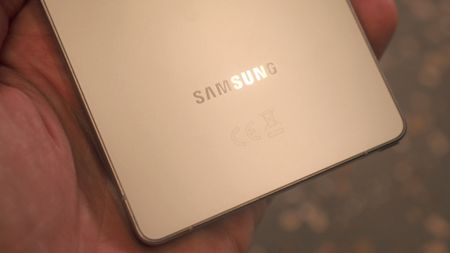 If the Samsung Galaxy S25 Edge looks this good, where do I sign up?
If the Samsung Galaxy S25 Edge looks this good, where do I sign up?Gorgeously slim – could be the best-looking phone released to date
By Britta O'Boyle Published
-
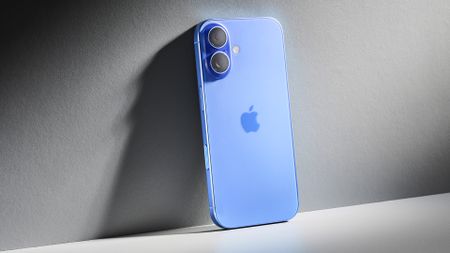 iOS 19's new design leaks straight after WWDC 25 announcement
iOS 19's new design leaks straight after WWDC 25 announcementThis could be a significant change
By Sam Cross Published
-
 Netflix adds new picture feature that can make shows and movies look much better
Netflix adds new picture feature that can make shows and movies look much betterFinally adds a new picture format that Samsung TV owners will especially love.
By Rik Henderson Published
-
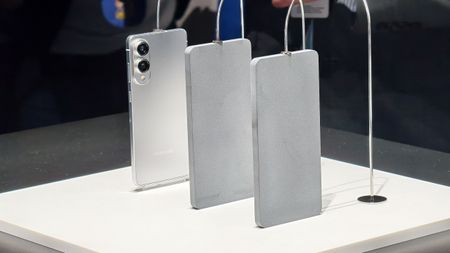 New Samsung Galaxy S25 Edge leak reveals screen and build details – seems there will be few compromises
New Samsung Galaxy S25 Edge leak reveals screen and build details – seems there will be few compromisesMore details for Samsung's next-gen phone have emerged
By Chris Hall Published
-
 Samsung's smart glasses tipped for earlier release than thought
Samsung's smart glasses tipped for earlier release than thoughtWill they be more appealing than the headset?
By Britta O'Boyle Published
-
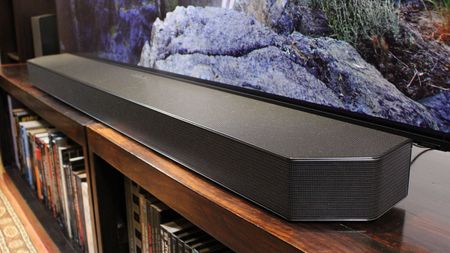 Samsung admits it may have bricked your soundbar, offers free repairs
Samsung admits it may have bricked your soundbar, offers free repairsSamsung's latest firmware update broke "certain 2024 soundbar devices"
By Carrie Marshall Published
-
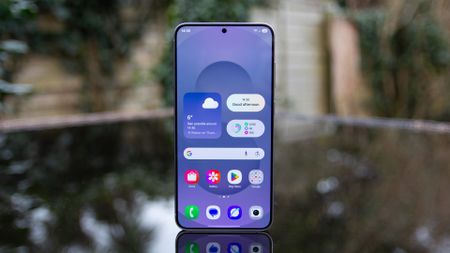 Older Samsung phones than expected are getting Android 15 – here's the complete list
Older Samsung phones than expected are getting Android 15 – here's the complete listOne UI 7 is coming soon to a whole range of Samsung devices
By Chris Hall Published
-
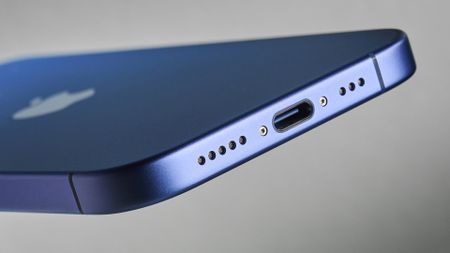 EU paves the way for iPhones and Android devices to ditch USB-C entirely
EU paves the way for iPhones and Android devices to ditch USB-C entirelyClarification enables Apple, Samsung and others to switch to wireless charging only
By Rik Henderson Published


